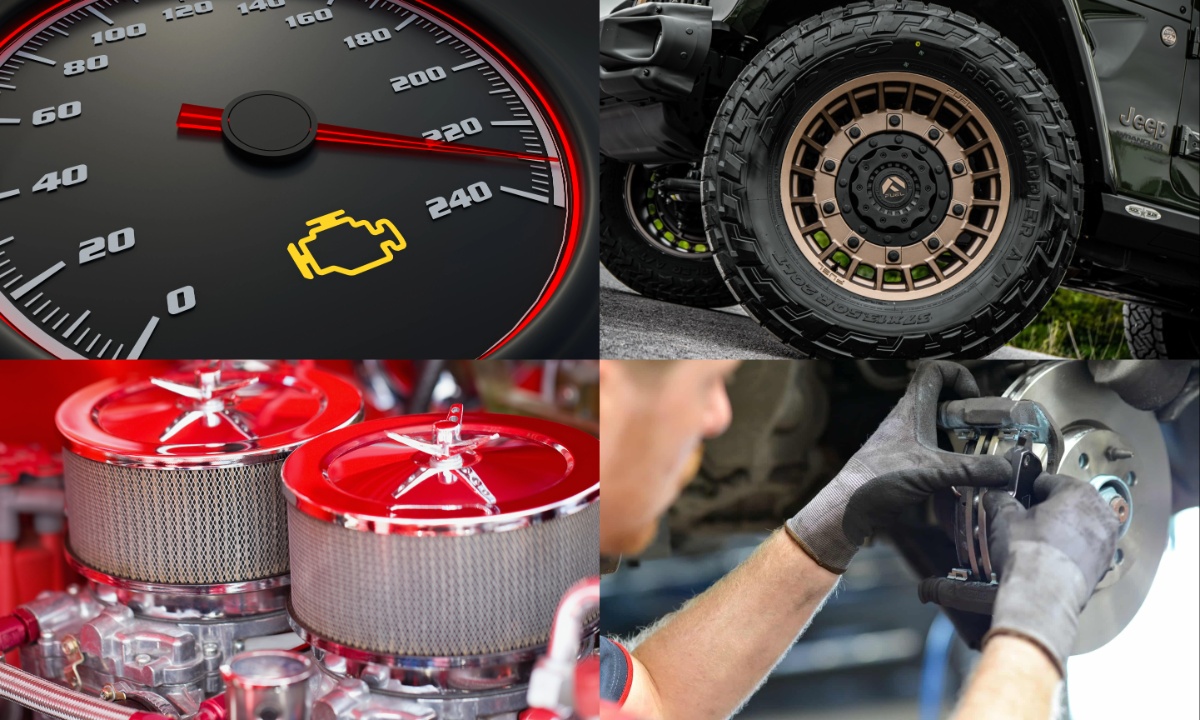With new and used car prices at all-time highs, keeping your current vehicle in optimal condition is more important than ever. Maintaining your car doesn’t just extend its life—it also boosts resale value and ensures your safety on the road.
While oil changes are often top-of-mind, there are many other essential maintenance tasks that are frequently overlooked. These small but crucial actions can prevent costly repairs down the line. By following a few key practices, you can ensure your vehicle remains reliable, efficient, and valuable for years to come.
1. Keep It Clean: Regular Car Washing
Washing your car might seem cosmetic, but it plays a major role in preserving your vehicle’s exterior. Rain doesn’t count as a proper wash; in fact, dirt left on the surface can cause scratches or dull the paint. Road salt and debris, especially during winter, can cause rust on your car’s body and undercarriage.
A regular car wash, including the underbody, protects your paint and frame from long-term damage. It’s a simple, inexpensive step that greatly enhances your car’s appearance and prevents rust-related deterioration, saving you money on repairs and preserving resale value.
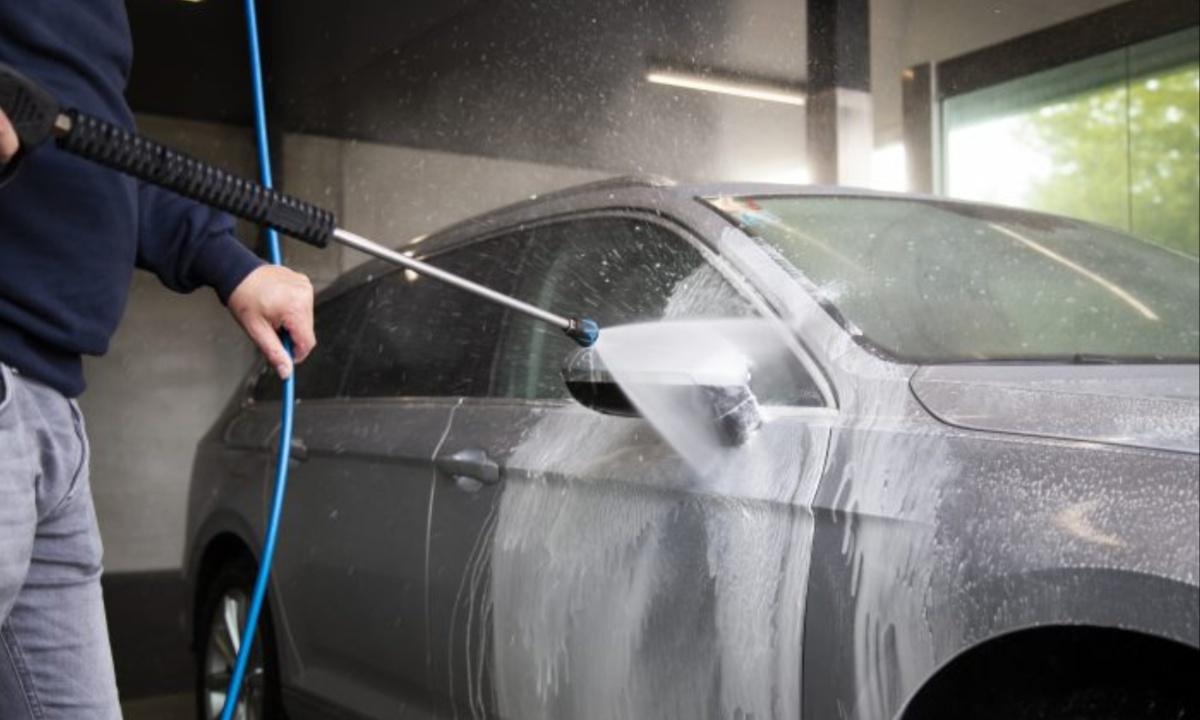
2. Stay Charged: Battery Maintenance
Your car’s battery typically lasts between two and five years. Regular checks, especially before winter, can prevent unexpected failures. Signs your battery may be dying include dim headlights and difficulty starting your engine.
Testing voltage with a meter (12.39 volts or lower is considered discharged) helps monitor its health. If you often need jump-starts, you may need a battery charger or replacement.
Also, inspect battery terminals for corrosion and secure wiring. A faulty battery can leave you stranded and lead to costly towing or repair fees—keeping it in check is essential for vehicle reliability.
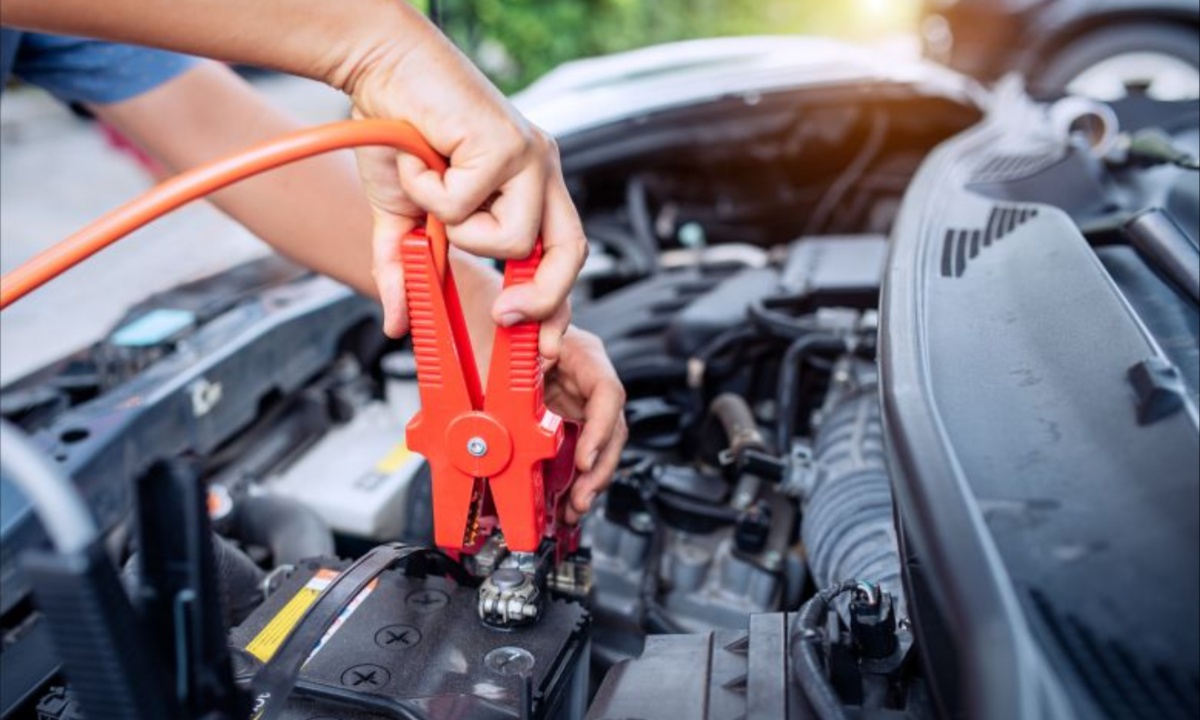
3. Fresh Air: Air and Other Filters
Clean air is critical to your engine’s performance. The engine air filter blocks particles from entering combustion chambers, and a dirty filter can cause sputtering or engine stalls.
Filters should be replaced every two oil changes or more often in dusty areas. Other essential filters include oil and fuel filters, which also need regular replacement. Always choose high-quality or OEM filters.
Following your vehicle manufacturer’s schedule for filter changes improves fuel efficiency and extends engine life. Neglecting filters compromises your car’s performance and can result in costly engine damage over time.
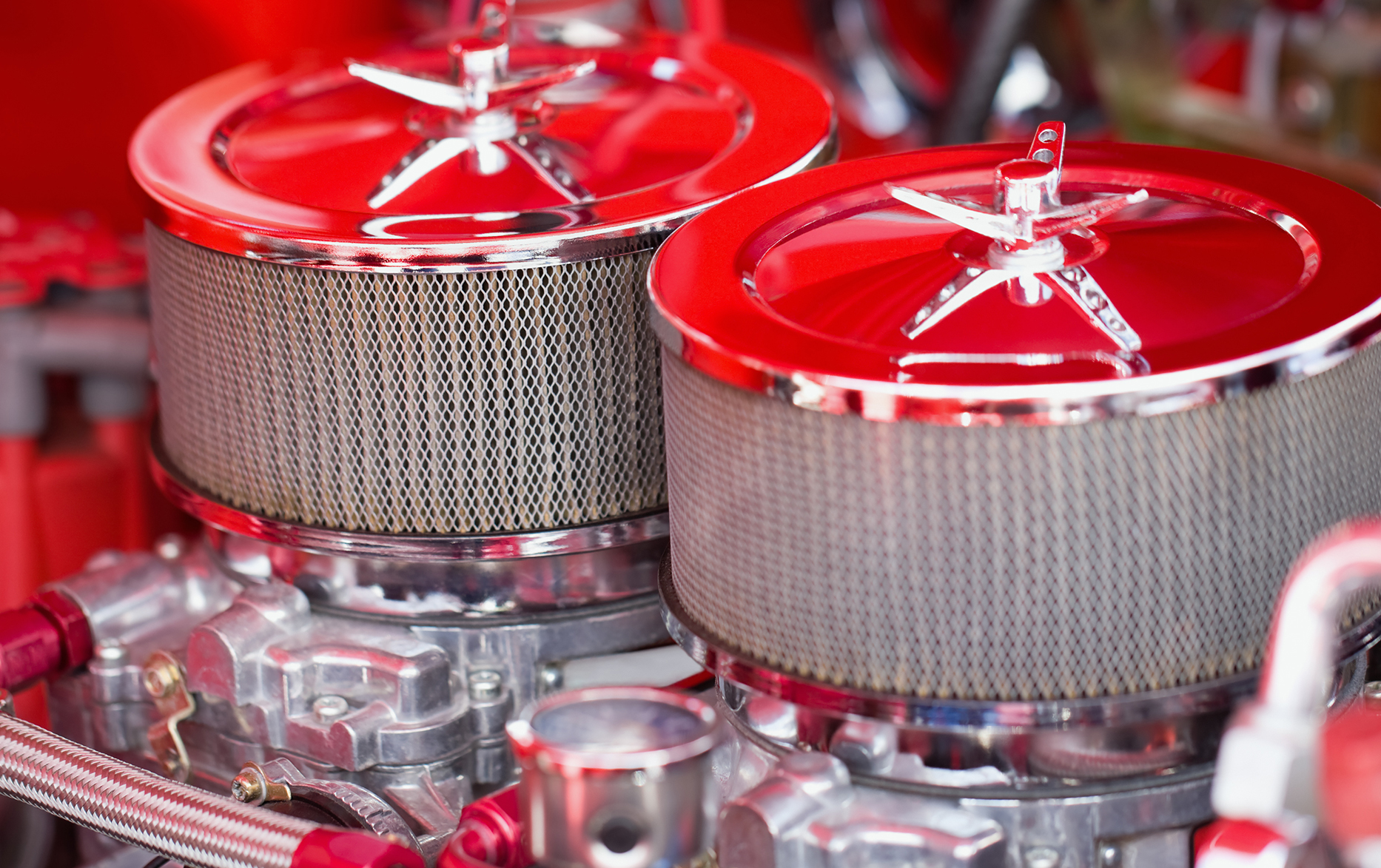
4. Don’t Forget the Fluids
Your vehicle relies on a variety of fluids to function properly. These include engine oil, brake fluid, transmission fluid, power steering fluid, and radiator coolant. Check levels regularly using dipsticks or reservoir indicators.
Low or dirty fluids can signal bigger problems, like engine or brake system issues. Radiator coolant is crucial to prevent overheating, and grease ensures moving parts stay lubricated.
Be cautious when checking brake fluid—it’s a safety-critical system. Always refer to your owner’s manual for guidelines on maintenance intervals. Consistent fluid checks prevent breakdowns and costly repairs, keeping your car running smoothly.
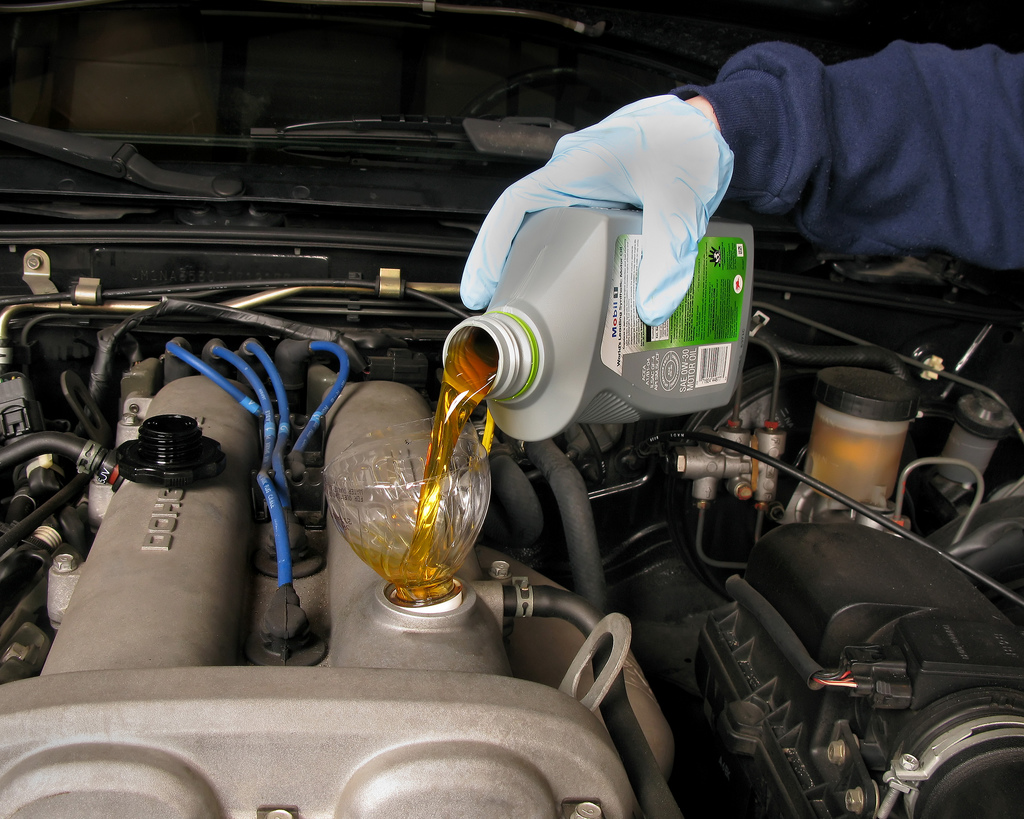
5. Mind Your Tires and Wheels
Tire pressure impacts safety, fuel economy, and tire lifespan. Under- or over-inflated tires can lead to uneven wear, poor handling, or even blowouts. Check tire pressure weekly or during refueling, using the guide on your driver’s door.
Monitor tread depth to ensure good grip, especially in wet conditions. Rotate your tires every 5,000–6,000 miles to ensure even wear. Inspect your wheels for cracks or dents and replace them if damaged. Don’t forget to check the spare tire’s pressure too. Proper tire care enhances road safety and performance, while reducing long-term costs.
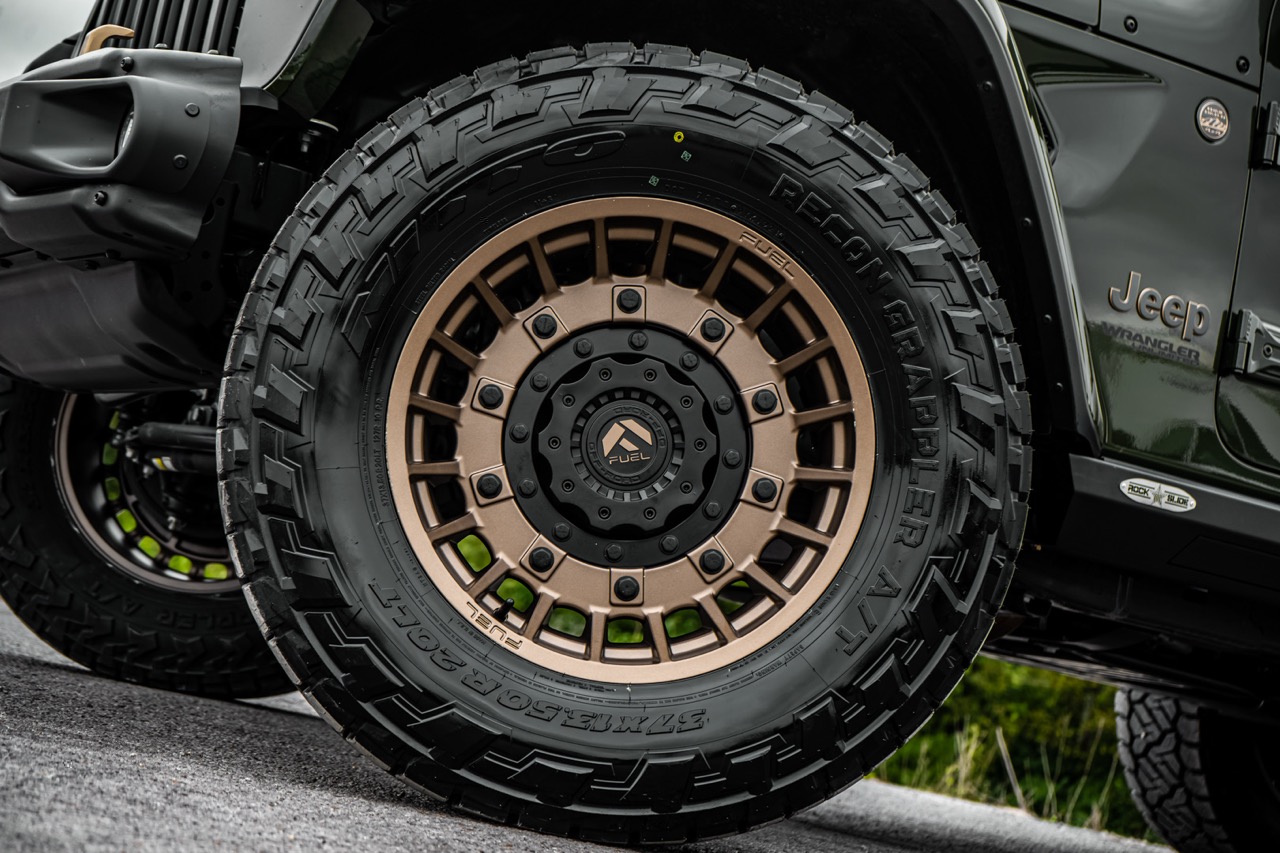
Also Read: 10 Cars With the Best MPG That Are Also Built to Last on America’s Roads in 2025
6. Clear Vision: Windshield Wiper Care
Wiper blades degrade over time, and streaking or squeaking are signs they need replacement. Most should be swapped every six to 12 months, depending on usage and climate.
Clear visibility during rain or snow is essential for safe driving. Replacing blades is inexpensive and easy—just visit an auto parts store and match your vehicle model. Don’t forget to refill windshield washer fluid regularly, especially in the winter months.
Investing in quality wipers and fluid ensures maximum visibility, reduces windshield scratching, and keeps you safer during adverse weather conditions.
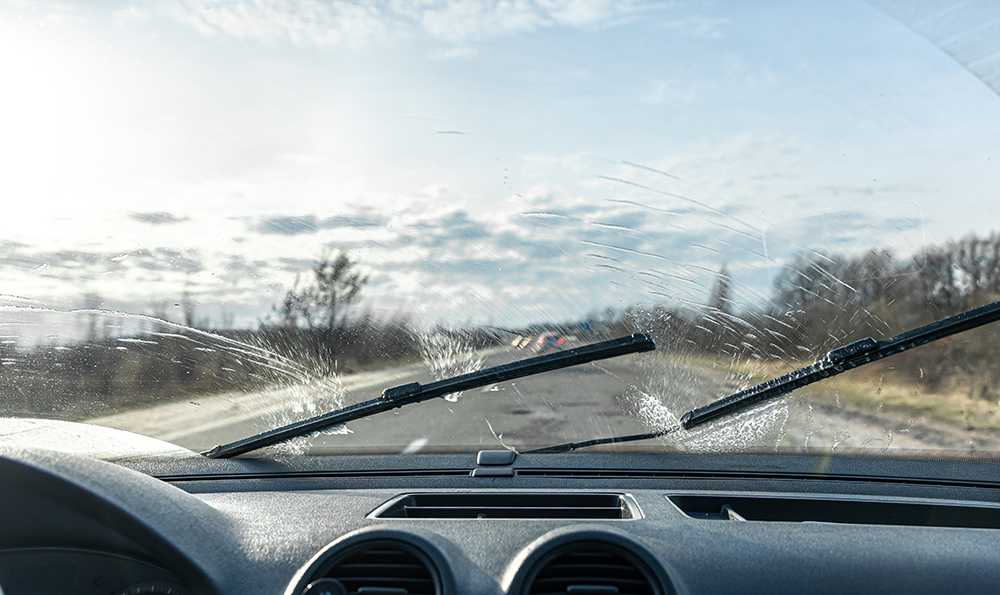
7. Brake System Safety
Your brakes are one of your car’s most critical safety components. Warning signs like scraping, rattling, or vibrating noises mean it’s time for inspection. Brake pads wear out and should be replaced when less than a quarter inch thick. Many pads include wear indicators that signal replacement time.
Also, monitor your brake fluid level—it should never drop suddenly. Regular brake checks prevent accidents and avoid more expensive repairs like rotor or caliper replacements. Whether you hear noises or feel reduced braking power, timely maintenance ensures effective stopping power and road safety.

8. Belts and Hoses: Small Parts, Big Impact
Under the hood, belts and hoses power essential components. Hoses should be checked for bulging, cracking, or leaks—any visible damage warrants immediate replacement.
Belts, particularly the serpentine and timing belts, control vital functions like power steering and engine timing. A worn or broken belt can result in total engine failure. Most timing belts require replacement at set intervals, as found in the owner’s manual.
Don’t ignore these maintenance items just because they’re hidden; their failure can cause catastrophic damage. Routine inspection and timely replacement keep your engine running reliably and efficiently.
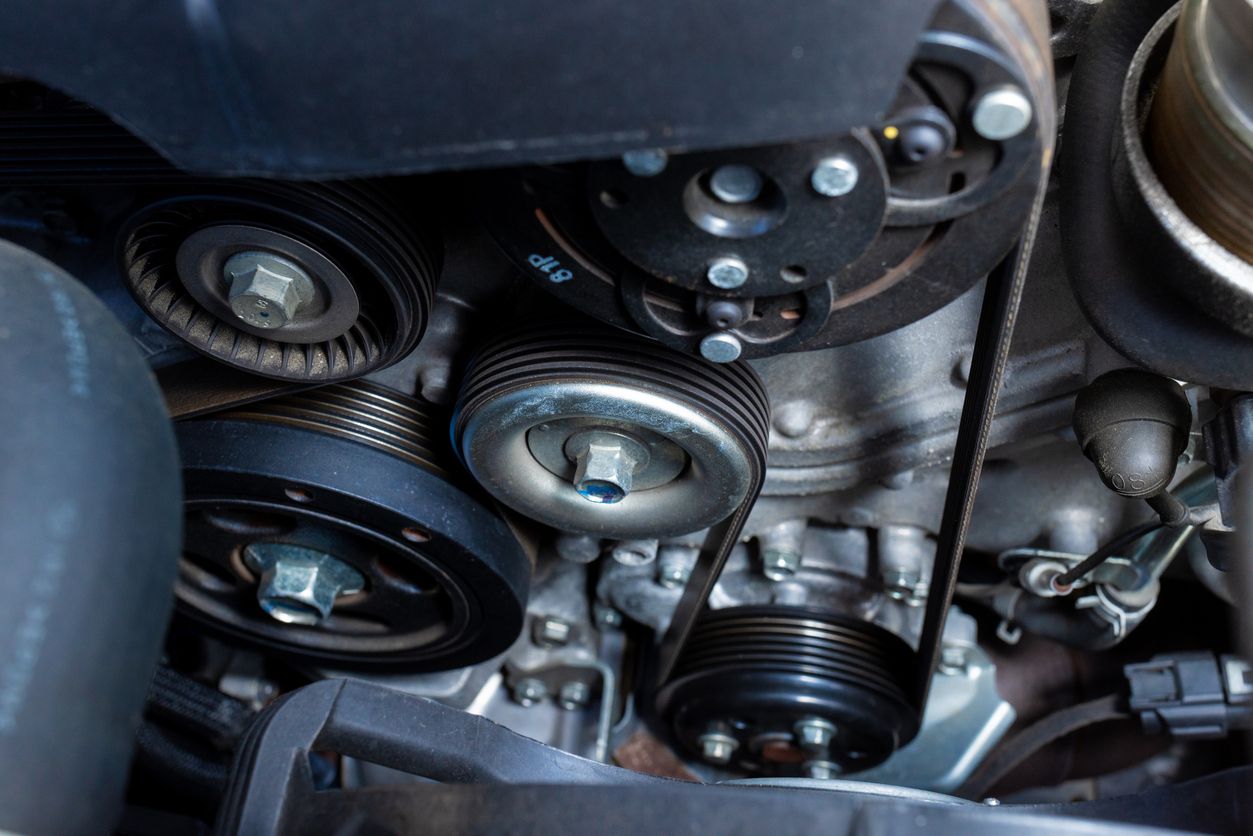
9. Heed the Check Engine Light
The Check Engine Light is your car’s way of saying something’s wrong. Ignoring it can lead to severe mechanical issues. While some issues may be minor (like a loose gas cap), others may involve serious engine or emissions problems. Use an OBD-II scanner to read diagnostic codes or visit a mechanic.
Even if the car seems fine, you shouldn’t delay the investigation. Catching issues early prevents them from snowballing into costly repairs. Addressing the root cause immediately ensures both your safety and your car’s long-term health, saving you money and stress down the road.
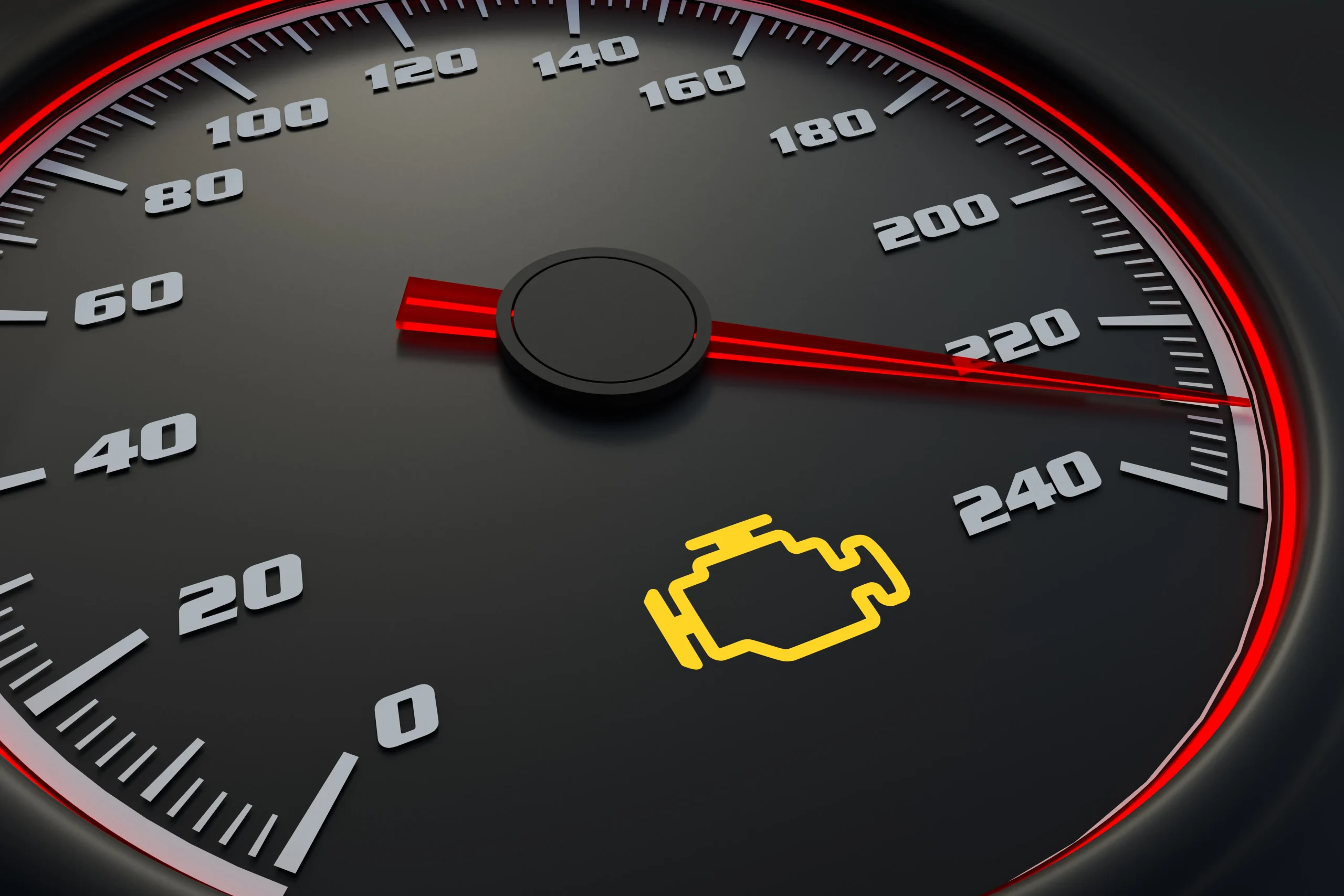
10. Your Owner’s Manual: Your Maintenance Bible
Your car’s owner’s manual is often the most overlooked tool for maintenance. It contains recommended service intervals, fluid types, and part specifications tailored specifically to your vehicle.
You don’t need to read it cover to cover, but keeping it accessible helps you stay on top of scheduled maintenance. Following the manual’s guidance improves performance, prevents warranty violations, and can even improve resale value.
Whether you’re unsure about tire pressure, oil type, or filter schedules, the answers are often found in the manual. It’s an invaluable resource every car owner should consult regularly.
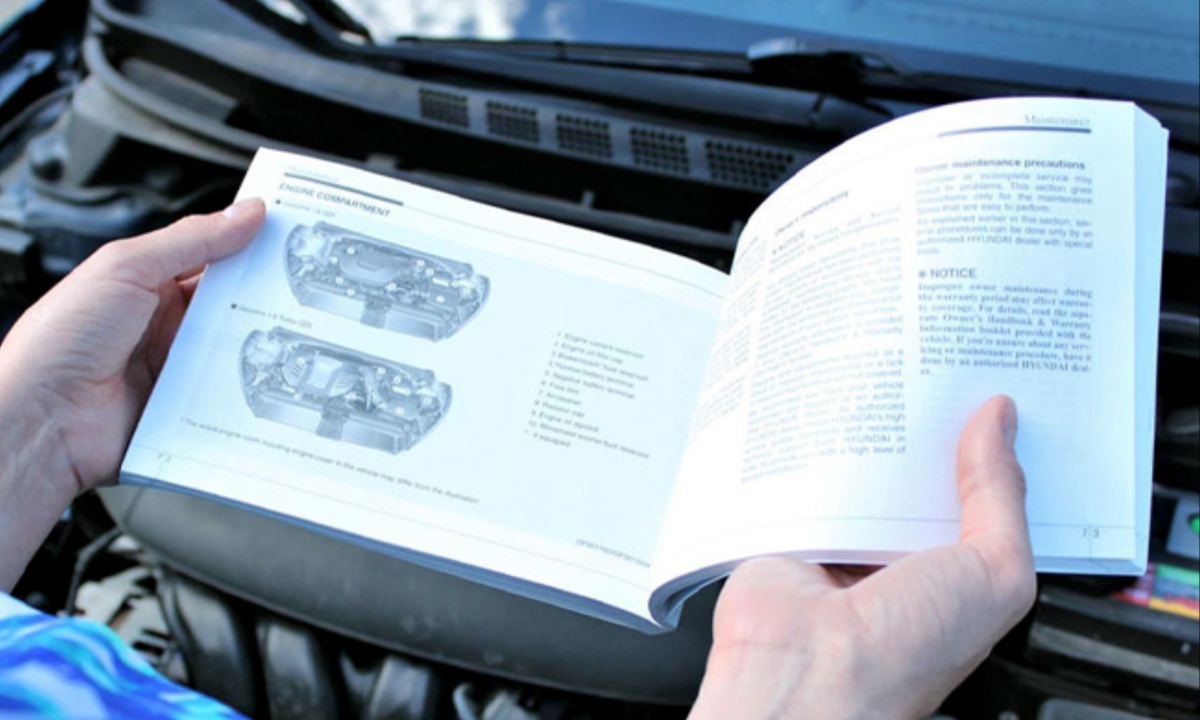
Taking care of your vehicle through routine maintenance may seem like a hassle, but it’s a worthwhile investment. These ten often-overlooked tips—from checking fluids and belts to maintaining tire pressure—can dramatically extend the life of your vehicle and prevent major mechanical failures.
Regular maintenance not only saves money by avoiding expensive repairs but also ensures your safety and peace of mind on the road. Whether you’re planning to drive your car for years or resell it soon, staying proactive about maintenance pays off in reliability, performance, and long-term value.
Also Read: 10 Best Synthetic Oils for Engine Longevity and Peak Performance

